

There are nearly countless varieties of online trading and collectable card games, but none have really caught as much attention as Magic: The Gathering Online and Hearthstone. Magic: The Gathering is one of the original, and longest lasting, collectable trading card games so there’s no doubt that it made a successful transition to the online world. Releasing its first set in 1993, the game transitioned to the online world in June 2002. The online version follows the physical card game almost exactly and includes the standard pricing for booster packs and starter decks, however, the game became so popular that fan-made alternative versions began to pop up that allowed players to game without the charge.
With an estimated 12 million players in 2011, MTGO was the uncontested king of online card games for quite some time. Everything changed when Blizzard decide to try their hand at the genre. First announced at PAX East 2013, Hearthstone has already accumulated approximately 25 million players as of February 2015. This is more than twice the number MTGO has put up over the course of 9 years. Numbers don’t mean everything, however, and we’ll take a look at which is actually the better game.
Before anyone can even begin to play a customizable card game they need to have a deck. Both Hearthstone and MTGO offer new players a handful of free cards, but starter decks generally won’t get you far. The free MTGO cards are especially terrible while Hearthstone offers its entire basic set, which includes a number of useful cards for each class and some that are even seen in top decks (Chillwind Yeti and Sen’jin Shieldmasta for example). Despite the usefulness of the Hearthstone basic set there is still a lot to be desired and booster packs are initially the only way to get more cards.
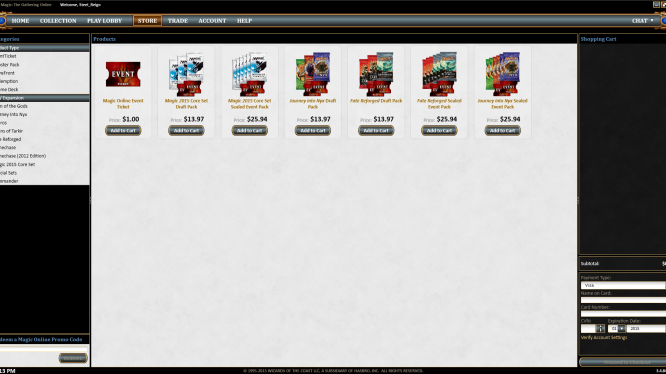
The cost of entry for MTGO is a little absurd.
In Hearthstone, booster packs start at $1.50 each and gradually decrease in price depending on the quantity purchased. This is relatively fair pricing and packs can also be purchased for free at 100 gold per pack. Players can earn a maximum of 100 gold per day, at the rate of 10 every three wins, and an additional 40 to 100 for completing the daily quest. Additionally, players can enter the arena for 150 gold, or $2.00, and earn packs, cards, gold, and/or arcane dust. Duplicate cards can be broken down into arcane dust and then combined to create any other card in the game; although it does take some time to earn enough arcane dust to create legendary cards. Obviously it’s going to take some time to get access to the best cards in the game as an entirely free player, but there are still some good decks that can be built rather quickly such as the Warlock Zoo deck.
On the contrary, MTGO is an entirely different beast. Booster packs are rather expensive at $3.99 each and starter decks are around $15, but are sometimes more expensive. Furthermore, the starter decks usually aren’t that great and almost always have less value than the cards contained in them. A much cheaper alternative is to purchase cards from outside retailers, including MTGO Traders, but even then decks can range from $20 to more than $1000. There’s also no way to farm additional cards without some risk of gambling. The only way to obtain cards without directly purchasing them is to win tournaments, and those usually cost an entry fee of event tickets, which cost $1 each, or booster packs. That being said, it’s actually possible to make money playing MTGO, but it requires a lot of time, skill, and luck. The high cost of entry is a severe barrier to new players while Hearthstone greatly favors casual, free, and competitive players alike.
The online CCG is one of the few genres where user interface is one of the most important factors of the game. If the interface is difficult to use and overly complex it’s going to turn off a lot of players, and this is exactly how I feel about MTGO. Just finding a game is relatively difficult. First you have to maneuver to the game lobby, then figure out your game type, skill level, and deck construction, and then finally hope that the other player isn’t away or going to kick you.

Everything about Hearthstone is clean and easy to use.
Once a game finally begins then there’s an entire new set of issues. Because Magic: The Gathering is already a fairly complex game with tons of little nuances, including the stack and five phases to every turn, it’s inherently going to be difficult to translate into online play. While playing the physical game it’s easy enough to stop your opponent and say “Counterspell!,” but in MTGO the game waits after each action for a reaction. This can cause turns to drag on painfully long if there are a significant amount of abilities on the stack or if a lot of cards happen to be played. This is amplified by the absurd amount of abilities in the game and the tiny card text. A new player trying to read every card that he might be able to react to is going to take a lot of time and turn something that’s supposed to be fun into tedious work. This is not necessarily MTGO’s fault because these problems also persist in the physical copy of the game, but they’re needlessly enhanced by a relative poor interface.
Hearthstone, on the other hand, is almost sterile in comparison. There are three options for gameplay: Play, Solo Adventures, and The Arena. It’s made so accessible that anyone who can read can figure the rest out. During an actual game the text is large enough to easily read and all in game actions are obvious; there’s no trying to figure out if it’s the right phase to play a certain card because there’s essentially only one phase per turn. Everything is Hearthstone is clean and easy to figure out without it feeling watered down or visually lacking.
On the surface both games appear to be very similar. There are creatures, spells, and a mana pool, but that’s where the similarities stop. Hearthstone is very simple by nature. There’s one phase per turn and anything can happen at any time. The player has complete control during their turn and can attack when and what they want with their creatures or spells. MTGO is almost on the opposite spectrum and is incredibly complex. During each of a turn’s five phase the opponent can react with instants, interrupts or other active abilities due to the stack. The stack determines when abilities are resolved and the most recent one is resolved first. This leads to a multifaceted counter-play scenario where almost anything can happen and powerful cards can be baited out.

The board can get cluttered quite quickly in MTGO, even with relatively few cards on the table.
It’s difficult to even touch on the amount of scenarios that can be played out in MTGO simply due to the sheer number of abilities and card combinations. An example, however, would be to trick an opponent into playing a Counterspell on a weak card and then playing something more powerful. In Hearthstone many of the combinations are quite obvious such as playing Force of Nature into Savage Roar and creating an army of powerful Treants. Unfortunately, there’s no way to stop your opponent when he’s got a card combo in his hand besides trying to prevent it on your turn. When comparing both games in their current states there is simply more depth and variety to MTGO, which can lead to more interesting matches and card combinations.
When it comes to tournament access MTGO has its stuff together. It might not be the easiest interface to navigate around for new players, but those looking for a tournament have easier access than almost any other online game out there. There are draft tournaments, constructed tournaments, pre-release tournaments, and even new player tournaments. Some of them are scheduled for specific times, but many just require a certain amount of players before they start. This means that there aren’t time constraints for players with odd work schedules or who happen to live in other parts of the world. With so many different tournament types and card formats there’s something for everyone.
Keeping with its simplistic nature, there technically aren’t any Hearthstone tournaments that are accessible through the game client. There is the Arena, which is kind of like a mini-tournament, but it’s more for fun, or grinding crafting material, than anything else. In order to find a Hearthstone tournament players need to search on forums such as HearthPwn. Moreover, there’s really only one format and that’s standard constructed. So far Blizzard hasn’t done any pre-release tournaments and there’s no way to hold a draft other than in the arena. It seems Hearthstone is just too young to compete with the variety of tournaments that MTGO has to offer.
It’s impossible to have a good card game without a decent variety of cards and Hearthstone pales in comparison to MTGO. With more than 50 sets, including 300+ cards each, there are more cards than any normal player can keep track of. Of course many of these are reprints and core editions, but the steady amount of new content that’s released is impressive. Every six months a new set is released for a three-set block, which determines the current tournament legal cards. This means that the meta is always shifting for certain constructed play and that the same stale decks won’t be seen for more than a year at most. However, this also includes the added cost of having to purchase the hot new cards every six months.
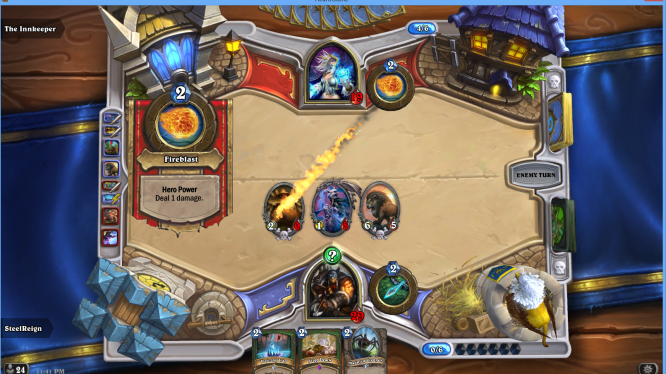
In Hearthstone a player has complete control throughout their turn.
Despite Hearthstone’s relatively new face it has been pushing out content in a reasonable manner. Technically the game didn’t launch until March 2014 and Curse of Naxxramas was released just four months later. Goblins vs Gnomes follow that December and Blackrock Mountain is schedule for April 2015. This has created a four-month time table between new content, which is relatively quick for a CCG, but the lack of cards is still a very limiting factor for the game. This leads to the same handful of decks showing up and dominating every tournament; there’s currently little room for creativity outside the meta. Furthermore, this limits Hearthstone to one type of tournament as opposed to MTGO, which has Standard, Block, Extended, Modern, Legacy and a few others. This isn’t to say that Hearthstone’s content is subpar, but more cards simply leads to more variety and depth to the gameplay.
This is one of the few comparisons where the older game has the inherent advantage. Even though it’s mechanically clunky and is using outdated pricing, MTGO has content and that’s what counts. It’s had time to develop and cater to its fan base. Of course mistakes have been made, but there have been dozens of rule revisions and balance changes over the years. Blizzard is still new to this genre, but it definitely has the resources and potential to make Hearthstone into a great game. In a few years Hearthstone will probably win this fight, but for now MTGO remains king.
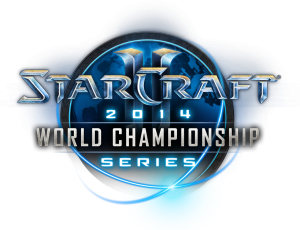
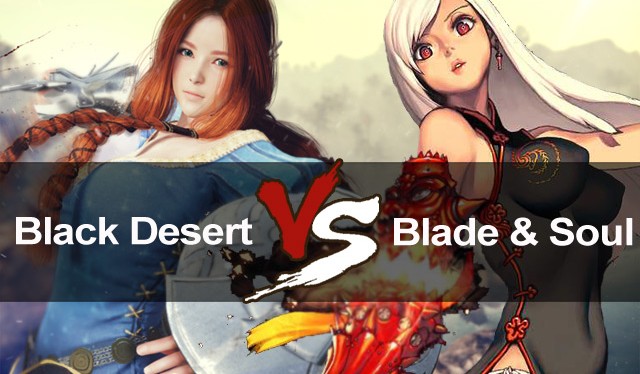
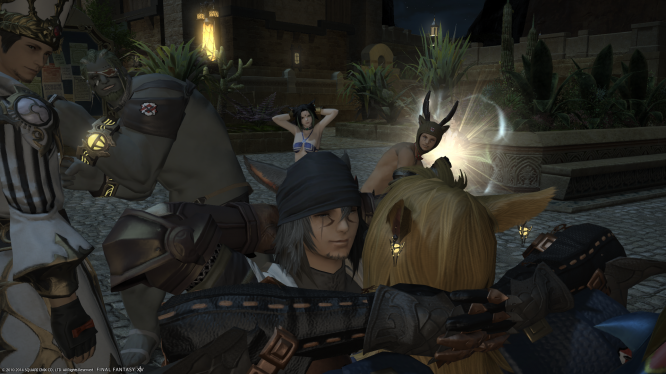

 Pokemon X and Y: Getting Torchic via Mystery Gift Event
Pokemon X and Y: Getting Torchic via Mystery Gift Event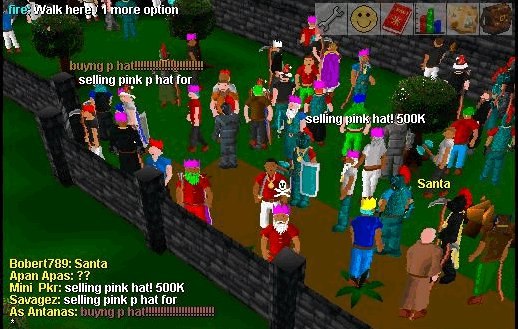 Runescape 3: 14 Years of History .
Runescape 3: 14 Years of History .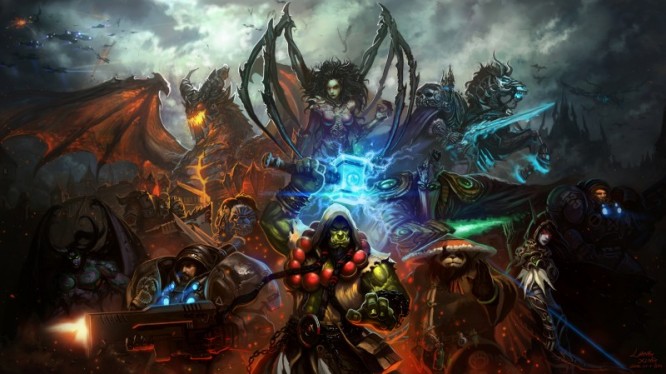 MOBA Monday: League of Legends vs Heroes of the Storm (Pt. 2) .
MOBA Monday: League of Legends vs Heroes of the Storm (Pt. 2) .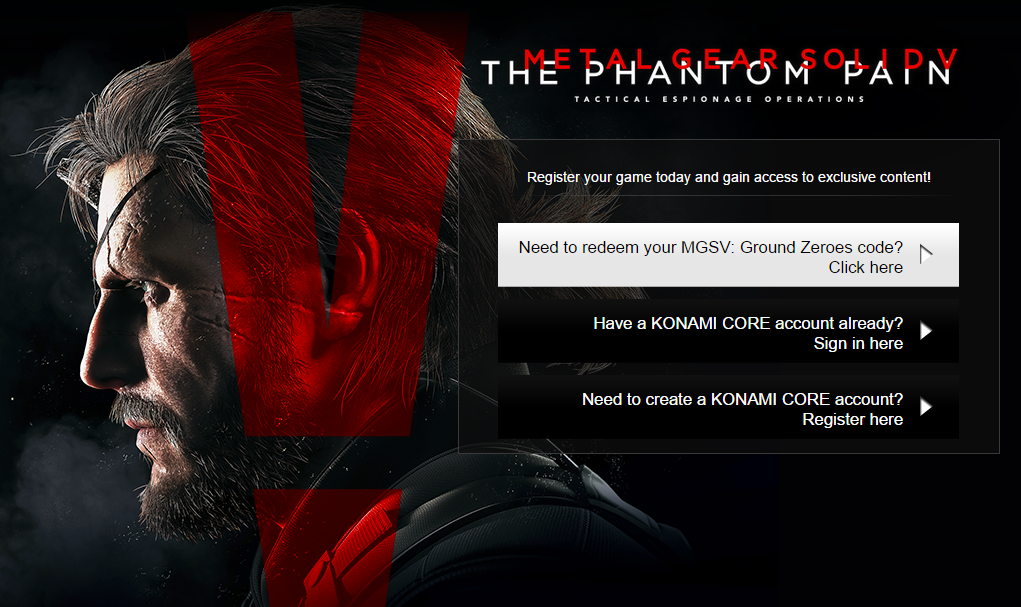 Metal Gear Solid V: TPP: How To Unlock Bonus Items From Ground Zeroes With Konami Core Website
Metal Gear Solid V: TPP: How To Unlock Bonus Items From Ground Zeroes With Konami Core Website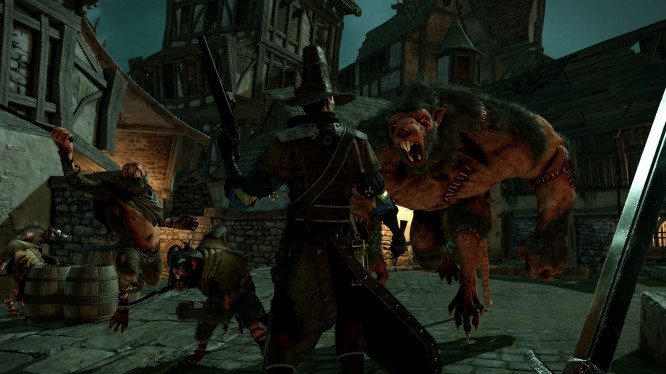 Beta Data: September 25, 2015 .
Beta Data: September 25, 2015 .